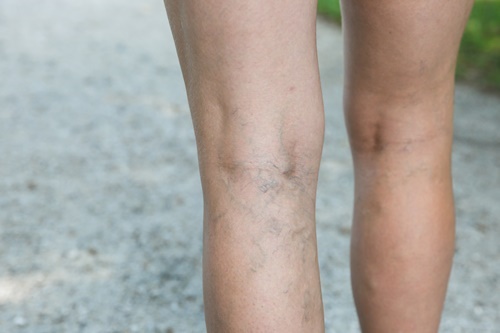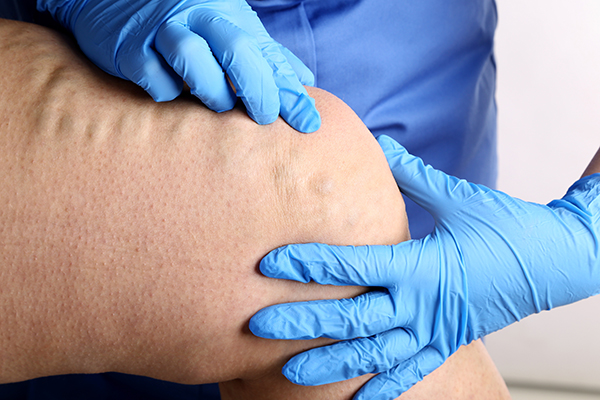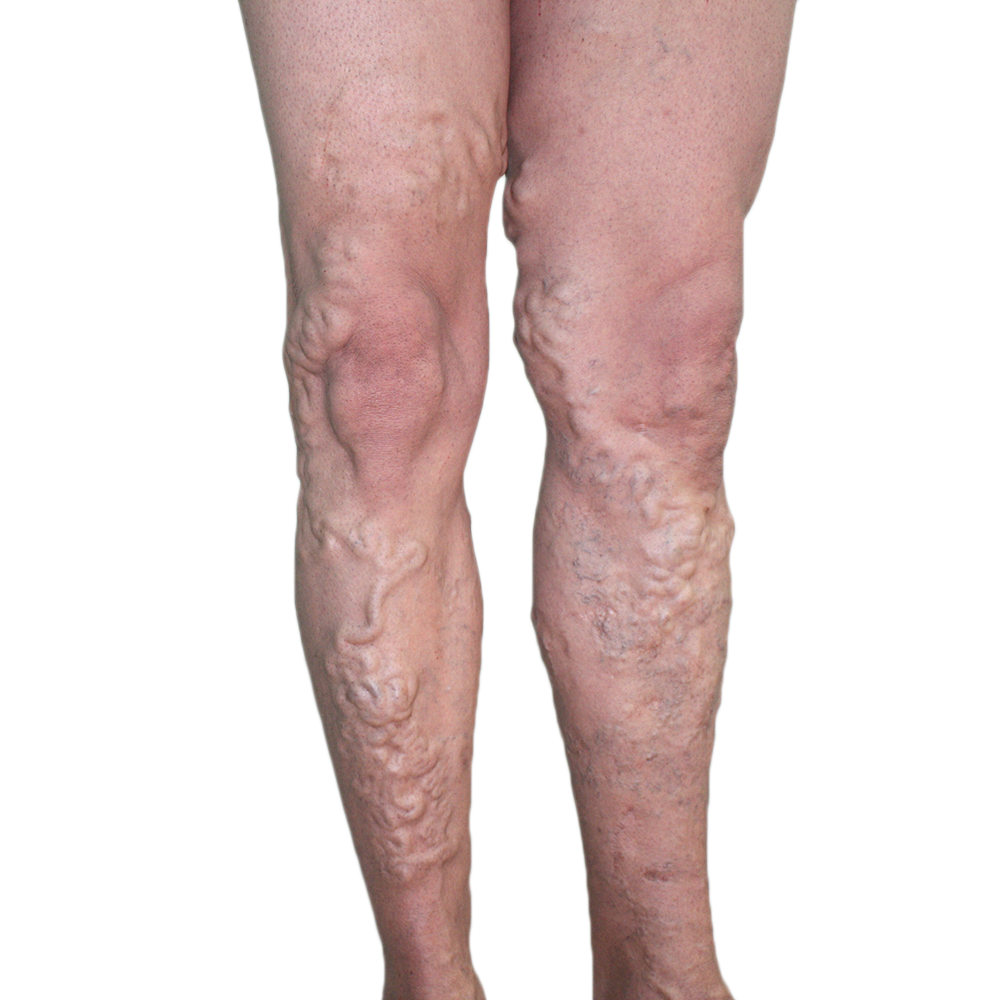Types of Varicose Veins
Varicose veins are divided into three groups according to size..
Telangiectasia:
They are also called capillaries. They are vessels up to 0,5 - 1 mm in diameter. They appear as very close red lines to the skin. They may be related to each other, or they may be similar to spider webs. They do not cause a physical problem but may cause discomfort or itching.

Reticular veins:
2-4 mm thick vessels. They stand out with blue-violet colors. They can often be seen behind the knee. They often have telangiectasias.

It is a large vessel extension that can be easily noticed and felt manually by the inner part of the thigh and the inner part and back of the calf along the saphenous vein parasites. They point to a major failure. They can give all disease findings of varicose veins

If varicose veins are not treated ...:
Because varicose veins do not cause serious discomfort for a long time, they often neglect or delay the treatment of patients. However, as in other diseases, early treatment and preventive treatment are very important in the treatment of varicose veins. Early treatment prevents the progression of the disease, facilitates treatment and provides more effective results with less cost.
Neglected varicose veins cause unpleasant visual and health problems in the legs, as well as pain suffered over the years. Due to the high pressure in the veins, tissue feeding is impaired and brown-purple color changes occur especially around the wrist. In even more advanced cases, a highly painful wrist circumference is called a venous ulcer or varicose vein wound. At this stage, the treatment of the disease is difficult, laborious and painful.
